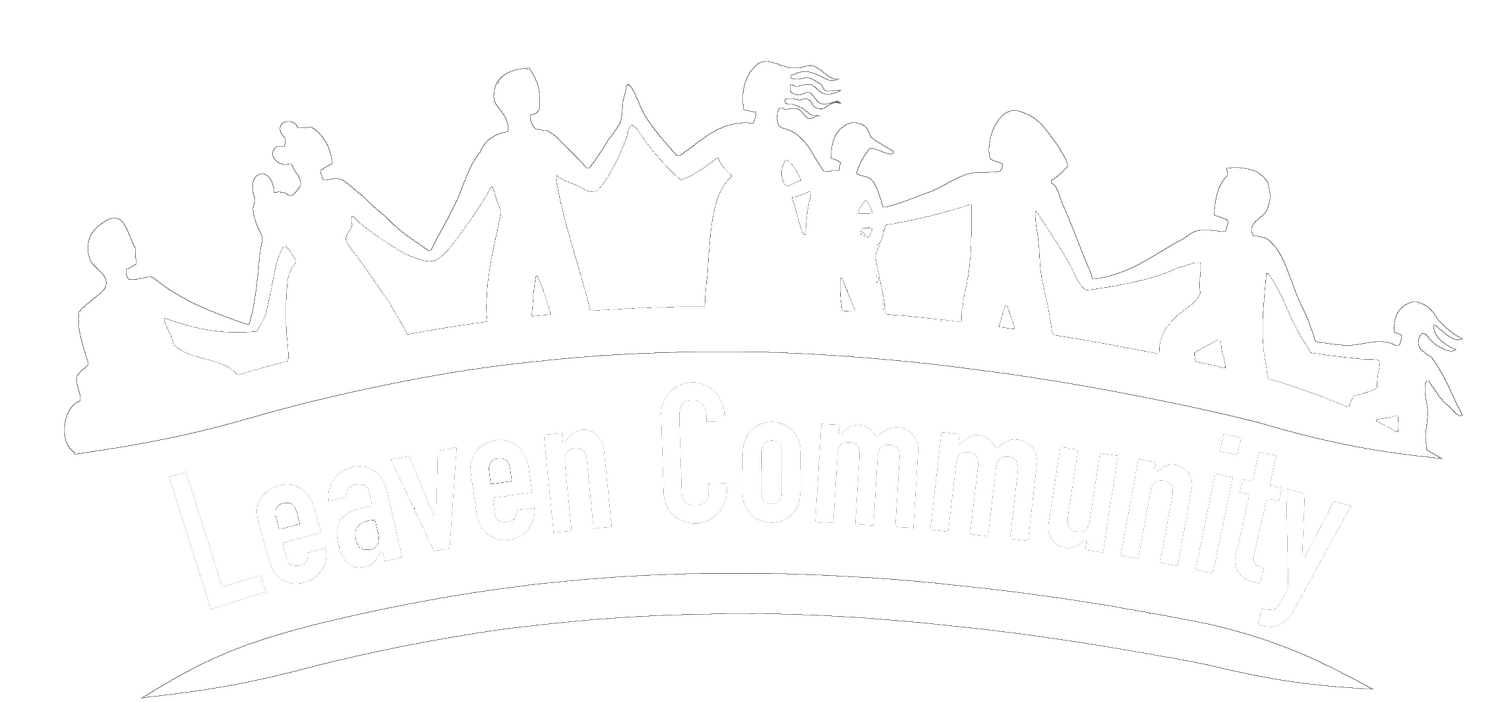Discussion Topic: Bruce Cantwell. ZOOM Facilitator: Kristen McKee. Saturday, May 23, 2020.
The brain is like Velcro for negative experiences, but Teflon for positive ones. That shades “implicit memory” – your underlying expectations, beliefs, action strategies, and mood – in an increasingly negative direction.
And that’s just not fair, since probably most of the facts in your life are positive or neutral. – Rick Hanson, Ph.D.
We tried Rick Hanson's guided "Calm Strength" meditation from Day 4 of Sounds True's Loving, Knowing, Growing mini-course.
People who were able to recall an instance of calm strength associated it with the support of others. People who couldn't come up with an instance limited their search to themselves.
I came away with my confirmation bias intact that Hanson's neuroscience is good, but that his examples aren't always relatable to people who don't already experience a strong support system in their lives.
Here's my understanding of (and how I've been using) Hanson's H.E.A.L. framework.
Have a positive experience or bring one to mind. I work to create these every day. Whether it's successfully completing a meditation, enjoying the fresh blooming flowers on my daily walks, tuning into the appreciative joy of the dogs at play in the parks, there are plenty of positive experiences available. I don't often need to call one up, but I reflect on them during my morning gratitude practice.
Enrich. When I notice one of these experiences, I figuratively stop and smell the roses. This involves drinking it in for at least ten seconds, noticing what's fresh or unique about the moment, being mindful of the pleasant sensations associated with it and where they're experienced, and noticing how it contributes to my sense of safety, satisfaction, or connection.
Absorb. I'm still working on this part, but it involves setting the intention to remember this moment and focusing on how rewarding it is. The neuroscience is sound. Generating minor dopamine hits to reinforce moments of well-being is how we survived as a species. This step just helps that along.
Link the experience to minor anxiety. I haven't been doing this, but there's a good reason to start. It's good practice to build neural circuitry that puts anxiety cues in perspective. I do this in written form every morning with the Reframing Hateful Hindrances exercise. For me, written meditations work better than guided meditations.

